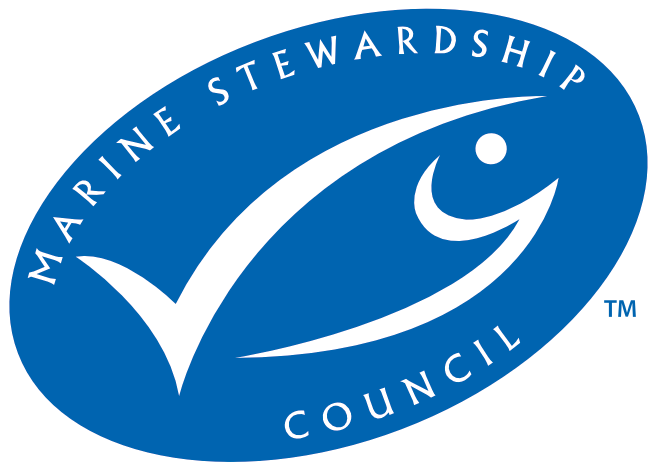
- Certifier :
- LRQA (Seafood) Limited
- Certified status :
- Certified
- Certified since :
- 16 Apr 2004
- Certificate expires :
- 11 Feb 2026
Overview
Fisheries are composed of one or more parts, each of which is entitled to receive an MSC certificate. These parts or “units” are defined by their target stock(s), fishing gear type(s) and if relevant vessel type(s), and the fishing fleets or groups of vessels.
When the term “Unit of Certification” is used for fishing units that are in assessment, it refers to the “Unit of Assessment” or “Unit of potential certification”. Expand a status below to view the parts that form this fishery. To check the detailed scope, download the latest certificate or open the Assessments page to get the latest report. Find out more by visiting our page on Fisheries
Catch by Species
| Species | Reported Catch Year | Metric Tonnes |
|---|---|---|
| Shallow-water Cape hake (Merluccius capensis) | 2022 | 14,150.1 |
| Deep-water Cape hake (Merluccius paradoxus) | 2022 | 127,350.9 |
Information is provided by an independent Conformity Assessment Body as live weight (the weight of species at the time of catch, before processing) and where a fishing season covers multiple years, the end year is given as the reported catch year. Additional information is available in the latest report, see the assessments page.
Eligibility, client groups and vessel lists
A fishery may choose to define the members of the fishery certificate. These members can be vessels or other client group members (e.g. companies that own vessels and/or companies that are named as eligible to handle certified product covered within the fishery certificate scope). Please refer to the fishery certificate statement on additional product specific eligibility criteria (e.g. product eligibility limitations, eligibility date, exclusive points of landing and the point where Chain of Custody certificate is required). Please consult the fishery Public Certification Report for product eligibility rationale.
| Documents | Published on | Files |
|---|---|---|
| Vessel List | 28 Aug 2025 | 1 files |
About this Fishery
This fishery targets both deep-water hake (Merluccius paradoxus) and shallow-water hake (Merluccius capensis). Certification was first achieved in 2004, and has twice been successfully renewed.
Hake is a slow growing fish, reaching about 115cm, with a lifespan of about 14 years. The larger Merluccius capensis is known to prey on young Merluccius paradoxus, and cannibalism is also seen in both species. Both species aggregate to spawn – once in early summer and again in autumn.
Hake undertake daily vertical migration – they aggregate close to the bottom in the daytime and then disperse and move higher in the water in the night to feed on fish and plankton. Trawlers target hake at the bottom of the sea in the daytime.
The deep-sea trawl sector for South Africa operates primarily on the shelf edge, in waters deeper than 300 metres, from the Namibian border southwards to the south coast. The inshore trawl fishery operates along the south coast, comprising mostly small side-trawlers working in waters down to 110 metres on the Agulhas Bank.
Certification has seen a number of improvements to fishery management. The industry has ring-fenced existing fishing grounds to reduce the amount of habitat affected. It has introduced precautionary bycatch management measures for monk (catch limits) and kingklip (catch limits and seasonal closures). It also implemented the use of bird scaring lines. A recent study shows a 90 per cent reduction in seabird mortalities, including up to a 99 per cent reduction in albatross deaths since 2004.
Hake (Merluccius capensis) image © Scandinavian Fishing Year Book
Fishing for a future: Read the story of the South Africa hake trawl >
Market Information
Trawled hake is South Africa’s most important commercial fishery, worth almost US$200m each year, and economists estimate that MSC certified fish accounts for up to 35 per cent of the 120,000 tonne annual catch. Over 600 individual hake products are sold in 42 countries around the world.
